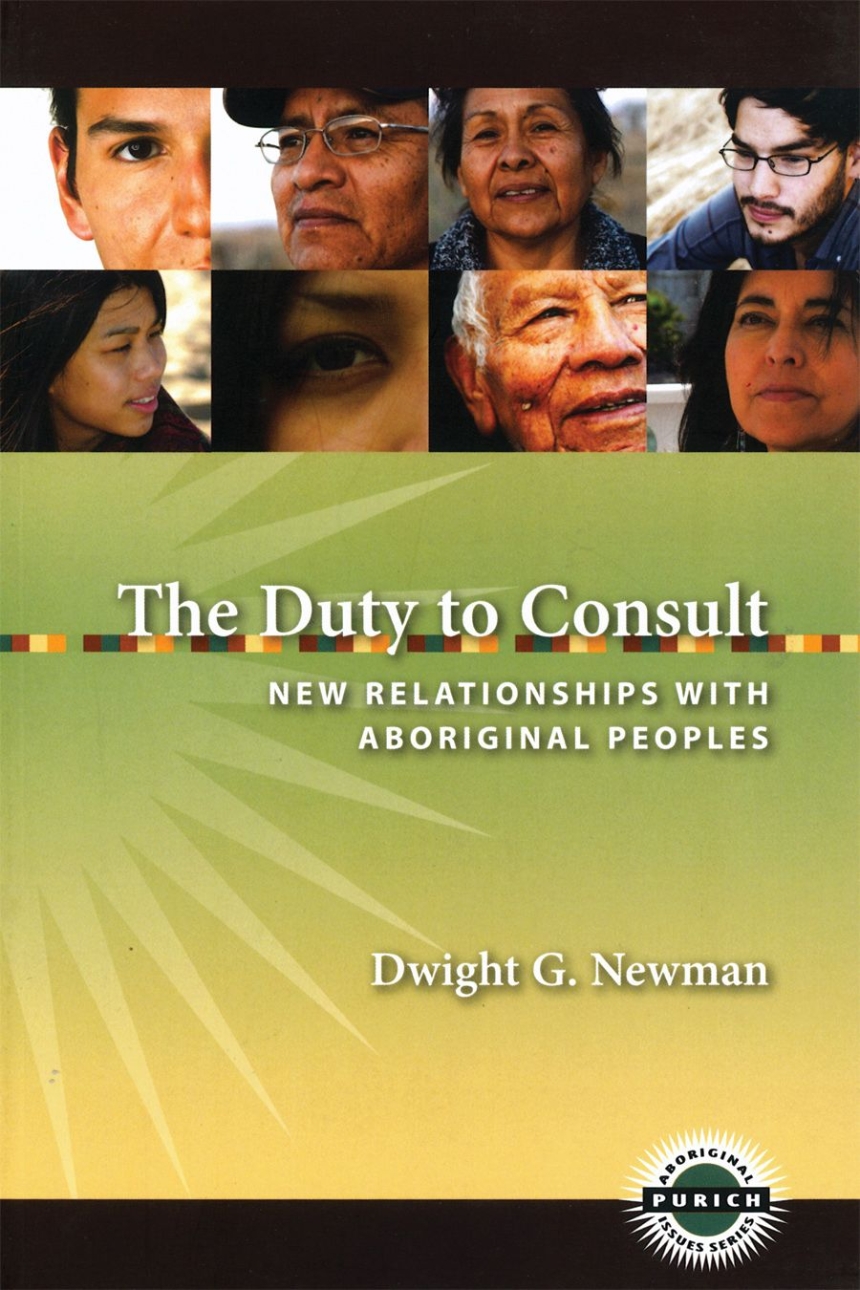Table of Contents
Preface
1. Doctrine and Theory
The Supreme Court Trilogy
Understanding the Duty to Consult
Theoretical Approaches to the Duty to Consult
2. Legal Parameters of the Duty to Consult
Introduction
Triggering the Duty to Consult
a. Knowledge of the Aboriginal Title, Right, or Treaty Right
b. Adverse Effect Element of the Triggering Test
c. Contemplated Government Conduct
d. Summary on Triggering Test
Consultation Partners
Judicial and Quasi-Judicial Intervention on the Duty to Consult
Conclusion
3. The Doctrinal Scope and Content of the Duty to Consult
Introduction
Content of the Duty to Consult
a. Introducing the Spectrum of Requirements on the Duty to Consult
b. Specific Factors within the Consultation Requirements
c. The Consultation Spectrum
Table: Matrix on Consultation Intensity
d. An Example: The Keystone Pipeline Case
The Duty to Accommodate
The Duty to Consult and Economic Accommodation
Legally Acceptable Consultation and Good Consultation
4. The Law in Action of the Duty to Consult
Introduction: The Concept of the Law in Action
Development of Governmental Consultation Policies
Aboriginal Communities’ Consultation Policies
Development of Corporate Consultation Policies
Policies, Practices, and the Formation of "Law"
Conclusion
5. International and Comparative Perspectives for the Future
Introduction
International Law and the Duty to Consult
Comparative Law: Australia’s Experience with the "Right to Negotiate"
Conclusion
6. Understanding the Duty to Consult
Notes
Index
